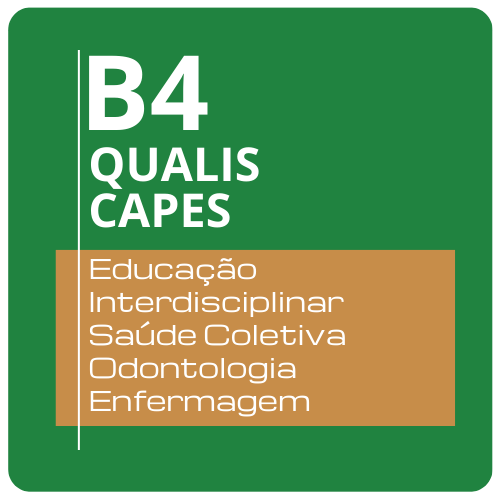Felicitações de Natal e Ano Novo
Neste tempo de celebração e renovação, a Revista Cadernos ESP agradece, de forma especial, a todas e todos que contribuíram para sua trajetória ao longo deste ano — autoras e autores, pareceristas, leitoras e leitores, equipe editorial e parceiros institucionais. O compromisso, a dedicação e o rigor científico de cada um foram essenciais para fortalecer a produção e a disseminação do conhecimento no campo da saúde coletiva e das políticas públicas.






















